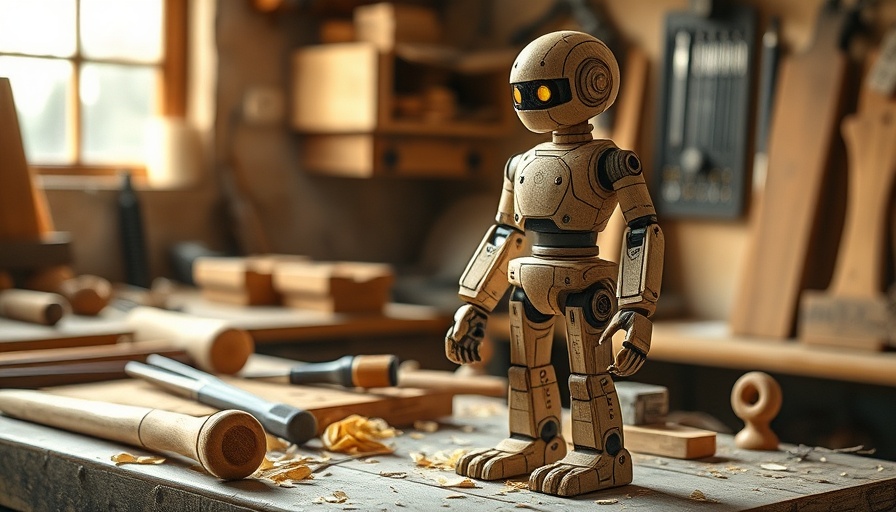
Introduction to Robotics Without Boundaries
Imagine a remarkable technological breakthrough where robots can emerge directly from a 3D printer without the need for complex electronics. Researchers at the Bioinspired Robotics Laboratory at the University of California, San Diego, have achieved just that. They developed a new type of soft robot that relies solely on compressed gas to walk, offering an innovative approach to robotics that is poised to reshape industries from disaster response to space exploration.
Affordable Innovation: The Cost-Effective Design
The affordability of these robots makes them transformative. At approximately $20 per unit, they are not only simple to produce but can also be manufactured using a standard desktop 3D printer with common printing materials. Professor Michael Tolley, the senior author of the study published in Advanced Intelligent Systems, emphasizes that this approach radically shifts our understanding of how machines are built, making advanced robotics accessible and practical.
Robots for Extreme Environments
One of the most exciting aspects of these electronics-free robots is their potential for deployment in harsh environments where traditional electronics might fail. For instance, they could serve vital roles in scientific research in areas laden with radiation or during disaster recovery efforts. Remarkably, their design allows them to walk outdoors, traverse various surfaces, and even function underwater. The versatility they offer showcases a significant leap in the capabilities of robotic technology.
Designing with Simplicity: The Engineering Behind Success
The engineering team, led by postdoctoral researcher Yichen Zhai, faced unique challenges in creating these robots. The key was integrating artificial muscles and a control system using only soft materials in a single print. This required innovative thinking and adaptation of existing 3D-printing techniques that had previously been used for other robotic components. The end result was a six-legged robot capable of autonomous movement.
The Technology of Movement: Pneumatics at Work
Central to the robot's ability to walk is a pneumatic oscillating circuit that mimics the mechanics of a steam engine, coordinating its legs' movements through timed air pressure delivery. This mechanism allows the robot to navigate terrain by moving six legs that can adjust in four different directions—up, down, forward, and back. Such intricate movement capabilities push the boundaries of what is achievable with soft robotics.
The Future: Sustainability and Adaptation
The future of these robots could potentially include methods for storing compressed gas within the robotic structures themselves, enhancing their operational lifespan and reducing the need for external power sources. Furthermore, researchers are exploring sustainable materials for 3D printing, contributing to the environmentally friendly aspects of these innovations. Such advancements could lead to a wider application of soft robotics across various sectors.
Diverse Perspectives on Soft Robotics
While these developments are promising, they also raise questions about the implications of robotics in modern society. Experts may argue about the potential disruption to jobs or ethical concerns regarding machine autonomy. Understanding diverse viewpoints on these matters becomes essential as society adapts to the evolving relationship between humans and technology.
Bridging Science and Society
Living in today's rapidly changing technological landscape means engaging with innovations like these soft robots. From local communities in Dallas where lifestyle industries could incorporate such robotics in health management clinics, to global discourse on how robots impact humanitarian efforts, the conversation surrounding these advancements has vast societal implications.
Conclusion: The Road Ahead
As technology continues to evolve, the advancements seen in electronics-free robotics promise to create substantial opportunities across numerous fields. Engaging with these innovations not only allows us to explore their potential benefits but also prepare for the challenges they may present. It is crucial to stay informed and proactive as we navigate this new era of robotics.
For readers interested in technological innovations and their impact on society, learning more about these cutting-edge developments can inspire further exploration and engagement. What new possibilities could soft robotics present in your own industry or community?
 Add Element
Add Element  Add Row
Add Row 



 Add Row
Add Row  Add
Add 


Write A Comment